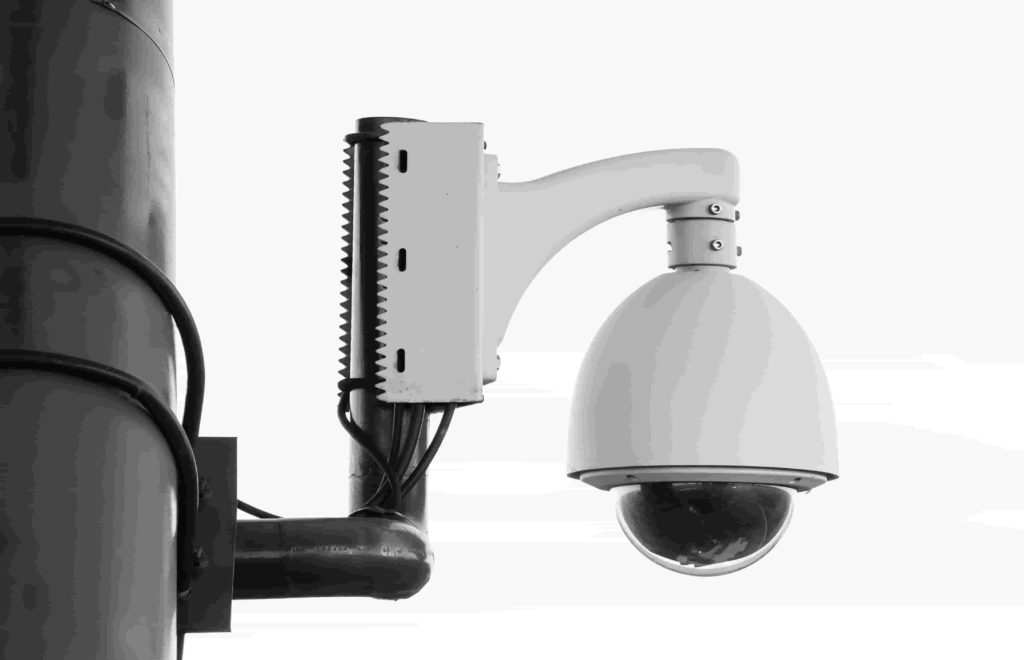Using Video Analytics for Smarter Parking
The idea of a smart city rests upon a systematic overhaul of all infrastructure and associated components. Central to transforming our cities is smart parking, a technology-enabled approach to solving parking woes. A smart parking system thrives on the identification and forecasting of open parking spaces, online payment options, and analysis of valuable data. While sensor-based tracking lends efficiency, video analytics form the very backbone of the system. They require neither manual intervention nor recurring costs after installation. Let’s take a look at how video analytics for smarter parking can be leveraged to bring about smarter parking management.

Constant Monitoring and Safety
Video surveillance cameras can be installed in parking lots to monitor vehicles and detect suspicious activities. License plate recognition enables easy search and retrieval of stolen vehicles apart from identifying unauthorized use inside the premises.
Ease in Parking
Through object counting vehicles, the video apparatus can help the parking manager maintain a record of the number of occupied and vacant parking spots. Object detection is made further accurate by blind spot analysis that helps differentiate between shadows and objects, aiding in accurate identification of vacant spots.
Traffic Regulation Enforcement
Video analytics help identify the exact movement of vehicles in transit and recognize objects within a video frame. This lets authorities detect traffic irregularities like jumping signals, flouting speed limits, accidents, and wrong lane movements.
Improved Shopping Experience
Video surveillance data can be used to determine peak traffic times, average time spent by a user in a commercial space, easy identification of parking spots and a guided walk back to the car. The system also allows users to pre-book parking spots. This makes the entire user experience smooth with the likelihood of them returning to the commercial complex increasing. Real-time data and overall prediction of trends help management be better prepared for busy days.
Reduced Fuel Expenses
With real-time data availability, one can plan outings according to traffic density and find the exact spot for parking the vehicle instead of going around in the hopes of spotting a space. Reduced search time saves up on fuel as well as cuts down emissions.
Improved Revenue Generation
The system, once rolled out, can display real-time conditions and offer predictive analytics about the weather and traffic, thus enabling demand-based surge pricing. Since users could be made to pay for parking according to the prevailing conditions, parking operators and city governments would stand to generate increased revenue.
The competence of the video surveillance system in ensuring customer satisfaction, vehicle safety, and reduced emissions make a strong case for its adoption by governments and city planners as part of smart city initiatives. Using video analytics for smarter parking can be very helpful. Not only does video analytics pave the way for hassle-free parking, but it can also help create an improved and truly connected smart city.

